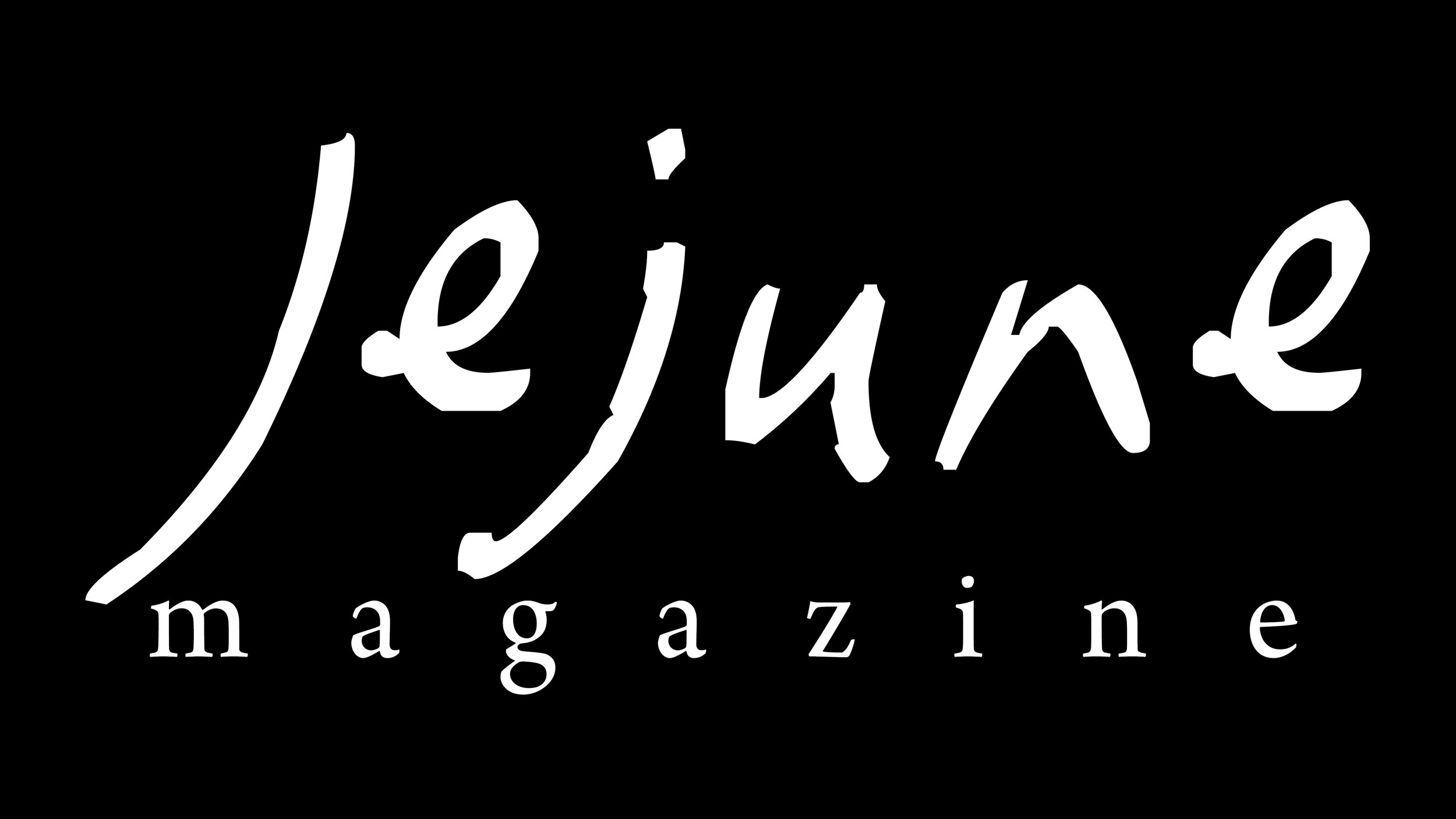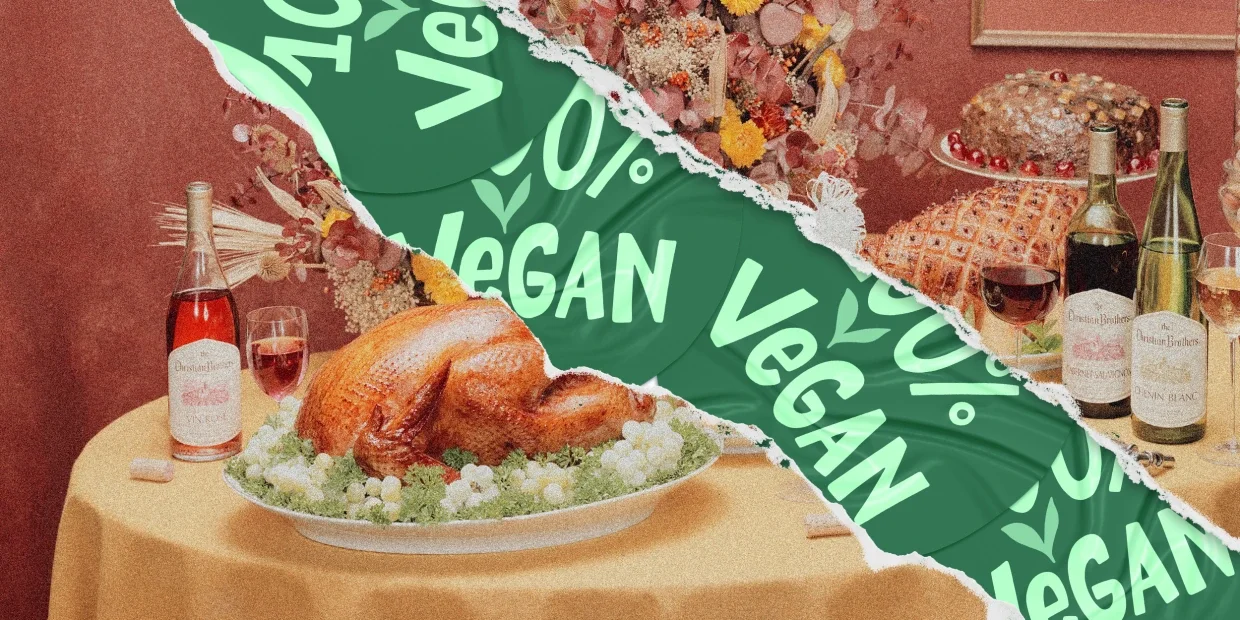Lindsay Nikole - Accessible Animal & Evolution Education
Photo Credits: Tiffany Riberio
Lindsay Nikole believes in accessible education for all. Using the power of social media, she shares educational information about animals and evolution to her wide audience. With her new book, “Epic Earth: A Wild Ride Through the History of Life on Our Planet”, readers can expect to be taken on a joyful journey through facts about the bizarre creatures that have inhabited our planet for billions of years. Having experience working with organizations like The Cheetah Conservation Fund and Save the Elephants, Nikole is a passionate advocate for animal conservation. To learn more about Lindsay Nikole and her new book, read on.
Where are you based?
I’m based in Los Angeles, California!
What inspired your interest in zoology?
My love for animals really took off in high school when I became obsessed with lions. For my senior project, I had the opportunity to volunteer at a big cat sanctuary in South Africa and that experience completely changed my life. It made me realize how much I wanted to understand animals on a deeper level; their biology, their behavior, their history, and that led me to study zoology in college.
Congratulations on your upcoming book “Epic Earth: A Wild Ride Through the History of Life on Our Planet”! What inspired you to write this book? What are some things readers can expect from it?
Thank you! “Epic Earth” grew out of a video series I made called “The History of Life”. When I was in college, I found a lot of comfort learning about evolution and the deep history of life and it weirdly helped ease my existential anxiety about the future. The more I learned about the past, the more I realized how connected everything is, and how incredible it is that life has persisted through all of Earth’s challenges. Readers can expect a mix of humor, storytelling, and fascinating facts about the weird and wonderful species that have existed on our planet over billions of years.
Photo Courtesy of Quarto
What is one of the most bizarre creatures you mention in “Epic Earth: A Wild Ride Through the History of Life on Our Planet”?
One of my favorite bizarre creatures is the tully monster. It lived over 300 million years ago, and to this day, scientists still haven’t fully figured out if it was a vertebrate or an invertebrate. That’s usually a pretty simple distinction, but the tully monster has this strange combination of traits that make it hard to categorize. It’s one of those mysteries that reminds me how much there still is to learn about our planet’s history, and that’s what makes studying it so exciting.
Your social media accounts are huge platforms you utilize for sharing educational content. Why is making animal science content accessible to all audiences so important to you?
A lot of people around the world don’t have access to accurate, engaging science education, especially about animals and evolution. I want to make that information fun, approachable, and available to anyone, even if they weren’t already interested in science. Social media algorithms reach people who might never go looking for science content on their own, so I try to meet them where they are. Learning about animals builds respect for them, and that respect naturally turns into a desire to protect our planet. That’s the ultimate goal: education that leads to more empathy for animals.
How did you get started sharing animal facts on your socials?
When I graduated in 2020, I was planning to work at a big cat sanctuary, but when the pandemic hit, every animal care job in the world basically froze. I was stuck at home talking nonstop about animals to the people I was quarantined with and they eventually told me, “You should make videos about this!” So I downloaded TikTok, started posting once a day, and fell in love with it. Seeing people respond with curiosity and excitement made me realize I could share zoology with way more people than I ever imagined.
Besides the facts, what do you hope viewers take away from your content? What do you hope to inspire within your audience?
I hope people walk away feeling curious and connected, like they’ve just discovered a new corner of the world they didn’t know existed. My biggest goal is to make people fall in love with the natural world again. There’s so much bad news about the environment that it’s easy to lose hope, but curiosity is where hope starts. When you’re curious, you care, and when you care, you want to help protect what’s around you.
Photo Credits: Tiffany Riberio
You interned for The Cheetah Conservation Fund, a research and education institute dedicated to the study and conservation of Cheetahs in Namibia. Can you tell us about this organization and some of the work you did while interning?
The Cheetah Conservation Fund is one of the leading organizations working to prevent the extinction of cheetahs. They take a really holistic approach, not just focusing on cheetahs, but also on the people and ecosystems that share their space. When I interned there, I got to work directly with cheetahs and other local carnivores, helping care for them and learning about the research that goes into their conservation. It was one of the best experiences of my life. I even got to return six years later, which was such a full-circle moment, going back as a science communicator and helping tell their story on my platform.
You have also worked with “Save the Elephants”, a research and conservation organization dedicated to elephants. Can you tell us more about this organization and how you were involved?
Save the Elephants is an incredible organization based in Kenya that focuses on protecting elephants through research and community driven solutions. What’s really inspiring is how they’ve tackled human-wildlife conflict in creative ways, for example, by using beehive fences to keep elephants from entering farmland. Elephants are naturally afraid of bees, so the buzzing helps redirect them safely without harming anyone. Working with them taught me that conservation doesn’t have to be about choosing between people and wildlife, it’s about finding innovative ways to help both thrive together.
What are some ways humans are affecting wildlife populations? How can we work to counteract our affects?
Some of the biggest issues are habitat loss, overfishing, and pollution, basically, we’re taking up too much space and altering ecosystems faster than species can adapt. The good news is that change starts with awareness. Learning about these issues is the first step, but taking local action is the second, whether that’s supporting local conservation groups, voting for policies that protect wild spaces, or even just creating habitats for pollinators in your backyard. Every bit helps, especially when communities work together.
What are some ways our readers can get involved and help animal conservation efforts? Are there any other educational animal science resources our readers should check out?
Start locally! See if there are wildlife rehabilitation centers, conservation nonprofits, or educational programs near you that could use volunteers. Supporting organizations like The Cheetah Conservation Fund, Save the Elephants, or even your local zoo’s conservation programs can make a real difference.
Photo Credits: Tiffany Riberio
What advice do you have for young girls who want to pursue zoology?
If you’re passionate about zoology, don’t let anything stop you. It’s a field that sometimes requires traveling internationally or working in rugged environments, but don’t let that intimidate you, be strong, determined, and go after what you love. If you face obstacles because of your gender or anything else, keep pushing through them. Science needs your voice, your perspective, and your curiosity. The natural world is for everyone, and your passion can open doors for others, too.
Are there any upcoming projects you are currently working on that we should be on the lookout for?
Right now, I’m working on a new human evolution series that explores how we evolved from our last common ancestor with chimpanzees about 7 million years ago. It’s been so much fun diving into how we became us. After that, I’m hoping to spend more time in Africa, especially Kenya and Namibia, continuing to share the work of conservationists who are finding creative, hopeful solutions to protect wildlife.
What is your motto in life?
Stay curious!
To learn more about Lindsay Nikole, please check out the links below:
Instagram: @lindsay_nikole
YouTube
Website




